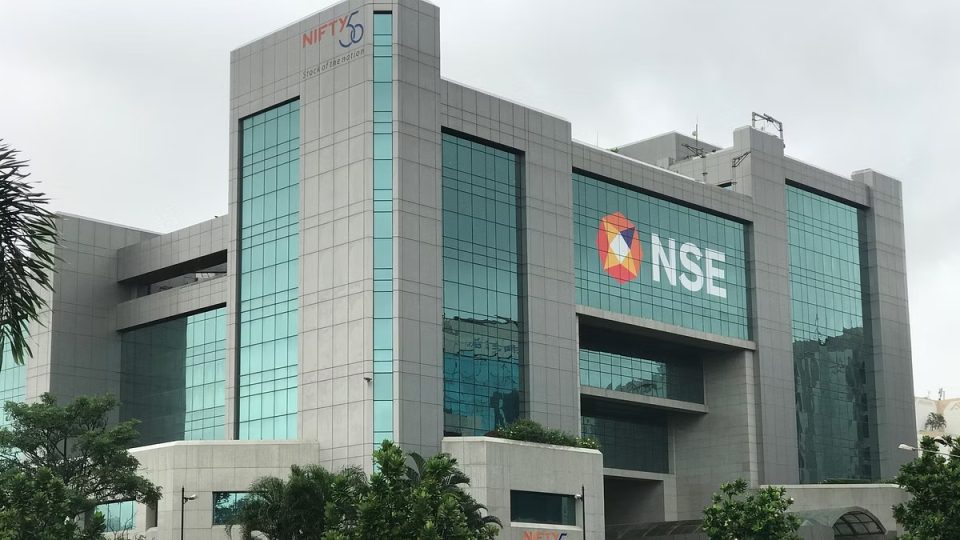On November 18, NSE Indices, a subsidiary of the National Stock Exchange, announced changes to its methodology for the merger of Nifty equity indices after receiving feedback from market participants.
The revised changes will apply to indices constituents that merge with another company (either the index company or the transferor).
Under the proposed changes, “index companies will be excluded from the index on the composite ex-dividend date ending T-1,” NSE Indices said in its press release. Exchanges use the ex-dividend date as an important factor.
These changes will apply immediately to all corporate actions involving the merger. Media reports show that the changes will likely come from HDFC’s proposed merger with HDFC Bank to avoid wild share price swings.
For an index with a fixed number of constituents (stocks), NSE Indices indicate on the ex-dividend date that it will replace the excluded transfer company with a substitute company by the eligibility criteria of the respective index.
In indices with a variable number of constituents, the NSE Index will not substitute any stock for the excluded transfer company on the ex-dividend date.
Announcements of these changes will be made at least three business days in advance to allow for changes to index constituents, including futures and options indices traded on the NSE. Previously, the announcement came four weeks before the index reorganisation date.
According to the previous or current rules, for an index with a fixed number of constituents, the transfer company will be excluded from the index and replaced by another eligible joint-stock company shortly after the equity shareholders approve the merger arrangement plan.
If the number of constituents is variable, the transferring company will be excluded from the index without replacement shortly after the equity shareholders approve the company’s plan of arrangement for the merger.
In the “A” and “B” company examples, “A” company is the transferring party, and “B” company is the merged entity. For merger entities, under the revised rules, the NSE index represents equity, and the investable weight factor for the merged entity will be updated on the ex-dividend date (T-1 close) by the terms of the merger.
Earlier, there were other options. It is assumed that the equity allocated by the merged company to the shareholders of the transferee company (after the merger) accounts for more than 5% of the current equity of the merged company. In such cases, the market capitalisation calculations for these stocks will be updated starting from the last trading day (T-day) of the calendar month in which these stocks are listed.
Or assuming the merging entity allocates less than 5% of the merging entity’s current shareholding to the transferring company’s (post-merger) shareholders. In this case, the market capitalisation calculations for these stocks will be updated from the last trading day of the corresponding calendar quarter (March, June, September and December).
In October, NSE Indices published a consultation paper seeking to change the method of merger and splitting of index constituents of equity indices to avoid major disruptions to the current system. Changes to the merger method will be announced later.
“As the response to the market consultation on the spin-off treatment of the Nifty stock index requires further deliberation with various stakeholders, it is time to announce changes related to the spin-off treatment,” NSE Indices said.
“As expected, the revised methodology avoids the immediate exclusion of HDFC Ltd from the Nifty50. The stock will only be replaced by another competitor on the ex-date (T-day) of the HDFC-HDFC Bank merger,” Abhilash Pagaria, Alternative & Quantitative Research, Nuvama Wealth Management, said. Under a best-case scenario, Nuvama expects the merger to be completed around April-May 2023.






